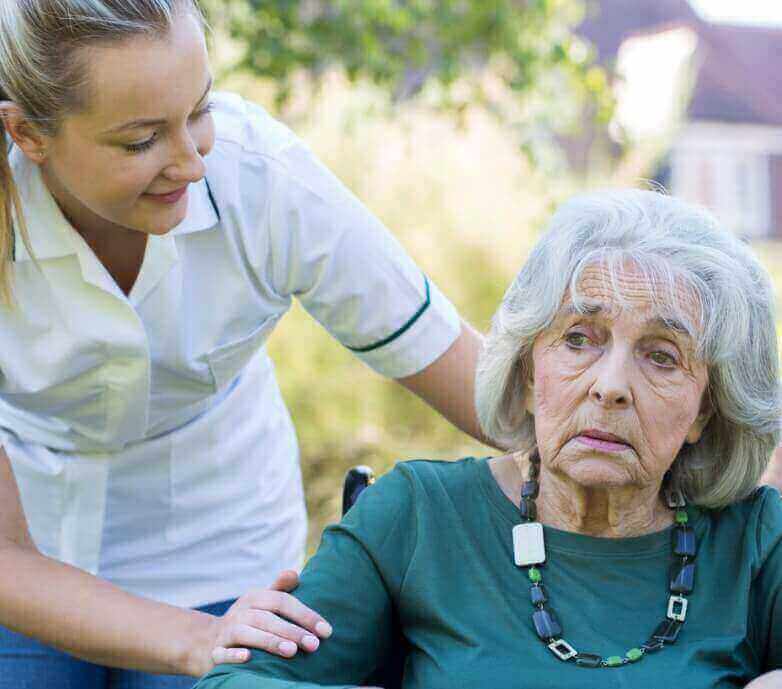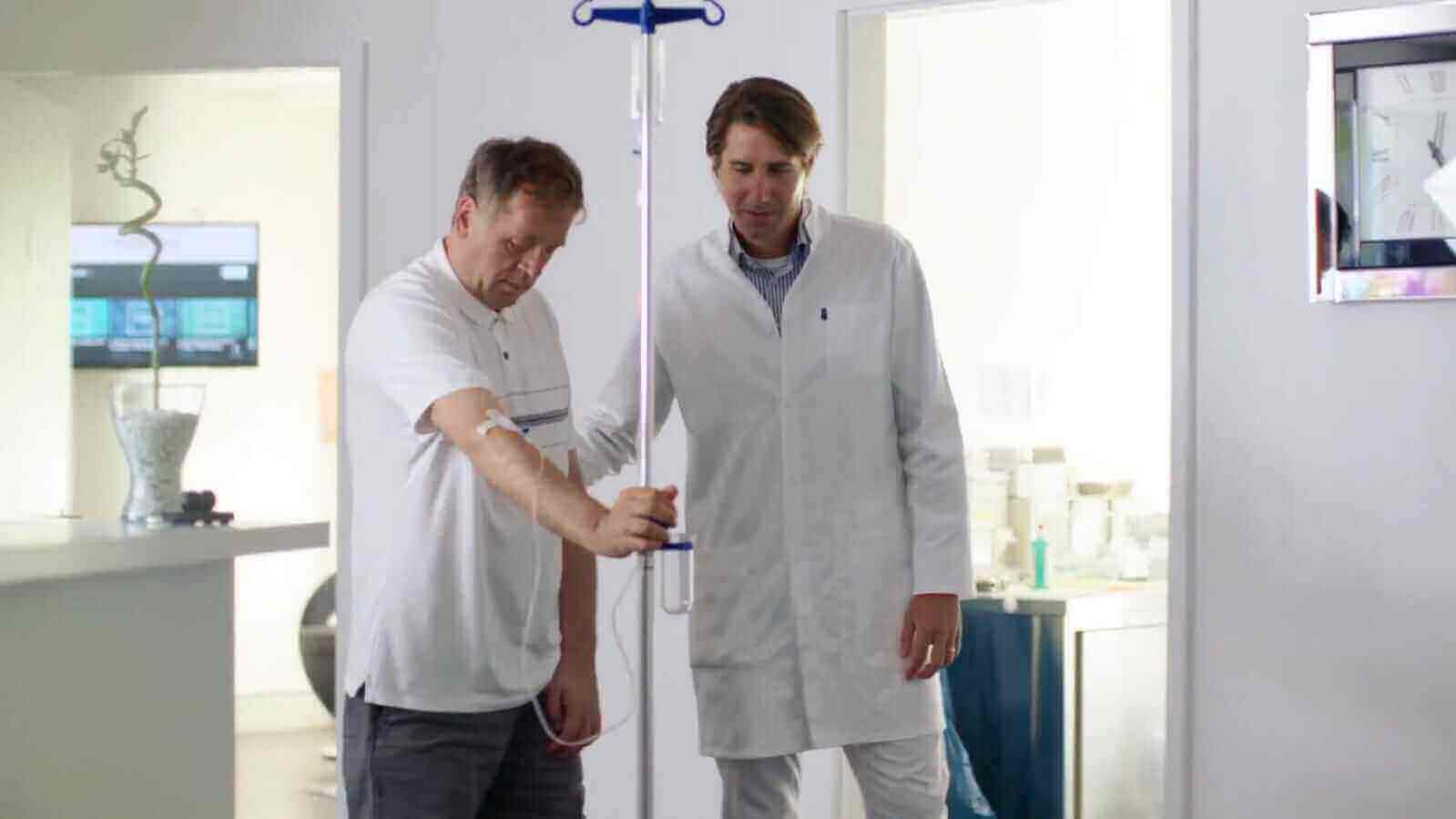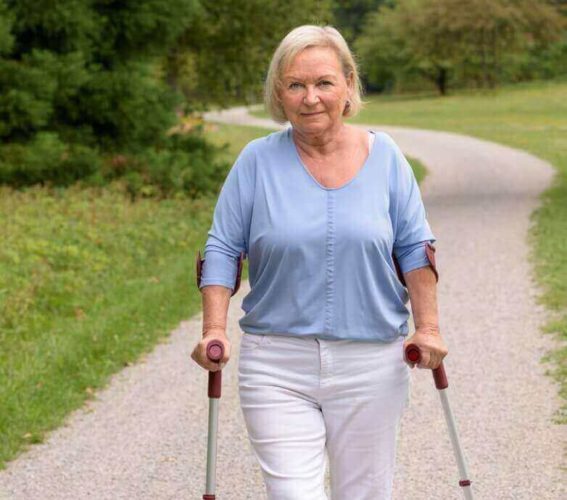What Is a Stroke?
When a blood vessel carrying oxygen and nutrients to the brain becomes blocked by a clot and a stroke occurs as a result, it is called an ischemic stroke. A hemorrhagic stroke occurs when the affected blood vessel bursts. When that happens, part of the brain cannot get the blood and oxygen it needs, resulting in the death of brain tissue and brain cells. There are various conditions and lifestyle choices that make you more likely to have a stroke such as:
- High blood pressure
- Smoking or chewing tobacco
- Heart disease
- Diabetes
- Being overweight or not exercising
- Medications
- Age
- Family history
- Gender
- Race
Although many of these risk factors are uncontrollable, some can be reduced or even eliminated through lifestyle changes and regular visits to the doctor.


- Paralysis or weakness on one (or both) sides of the body
- Speech/language problems (aphasia)
- Vision problems
- Changes in personality and behavior
- Memory loss
- Chronic post-stroke fatigue
There are many approaches to stroke rehabilitation depending on the part of the body or type of ability affected by your stroke. It’s common for stroke rehabilitation to start as soon as 24 to 48 hours after your stroke because the sooner you begin, the more likely you are to regain lost abilities and skills. Physical, cognitive, and emotional therapies may be required for months or years after a stroke depending on the severity.
How To Prevent a Second Stroke?
1 in 4 stroke survivors has another, but you can reduce your risk by working with your doctor to develop a secondary prevention plan. There are many ways to prevent a second stroke just through lifestyle changes as long as you stick with your plan. Talk to your doctor about taking these steps:
- Stop Smoking. This doubles your risk for another stroke.
- Take Your Medicine. If your doctor has prescribed medicine to help you control your cholesterol, blood pressure, or diabetes, don’t slack off or skip doses.
- Increase Physical Activity. People who exercise five or more times per week have a reduced stroke risk. Try to include two days of muscle-strengthening activities and three days of moderate-intensity activity each week.
- Eat a Healthy Diet. Diets rich in fruits, vegetables, and whole grains and low in processed foods are consistently associated with reduced rates of stroke. In addition, reducing your sodium and alcohol intake will help you manage high blood pressure.
Check out these 5 safe post-stroke activities that can help guide your recovery!
Stroke Recovery at CBC Health
In addition to physical or occupational therapy, speech-language pathology, nutritional care, psychiatry, and other rehabilitation techniques, consider cord blood infusions as a treatment option. CBC Health is setting the standard for cord blood treatments to treat ischemic strokes.
The aim of this form of regenerative medicine is to support the self-healing of the brain by infusion of umbilical cord blood and, as a result, to bring about improvement in the following areas:

- Cell replacement: replacing cells that were damaged adjacent to the stroke region of the brain.
- Neurotrophic influence: growth factors aid in the proliferation, differentiation, and survival of healthy and weakened cells. In addition, they assist in rebuilding neural networks.
- Immune benefits: revived neural networks alert the immune system to respond to and eliminate pathogens in the brain.
- Inflammation reduction: stem cells can migrate to regions of high inflammation, providing beneficial effects such as secreting neurotrophins to reduce the inflammation or protect nerve cells.

Discover cord blood as a treatment option
If you want to know more about cord blood as a treatment option, contact CBC Health online or call +1 855 426 4623.



